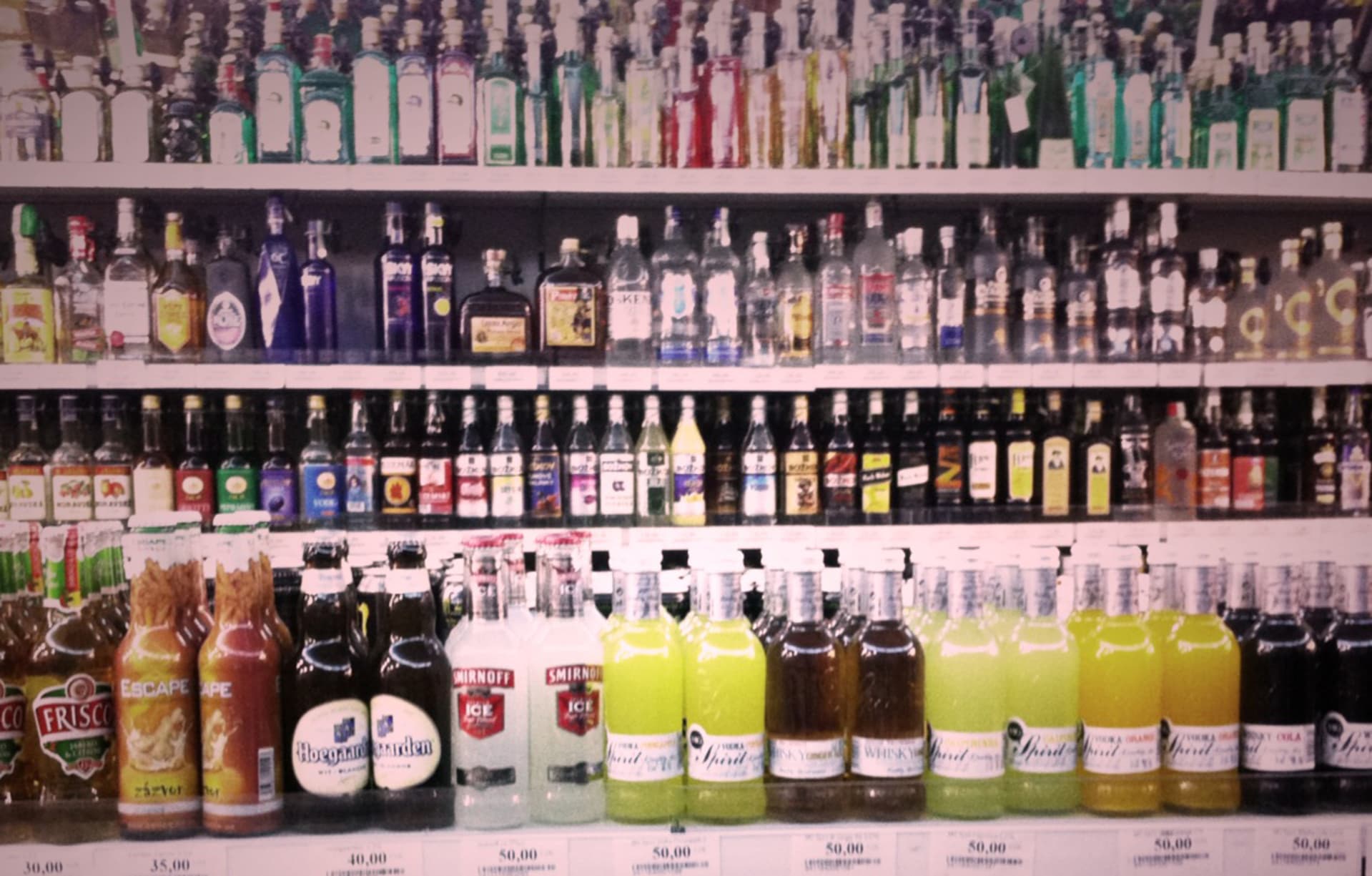
Fast Food 1
Season 1: The Restaurant Schönberger. Fast Food is a new, regular blog on electronicbeats.net by Thomas Schoenberger and Max Dax. Every Saturday you can read a new piece of a sophisticated ongoing conversation about cooking, traditions and how to read the menu of any given restaurant. It is a discussion about disappearing spaces and why so many chefs listen to Miles Davis’ so-called ‘electric period’ after an exhausting night in the kitchen. Photo: Max Dax
“Lisbon has a certain number of eating establishments in which, on top of a respectable-looking tavern, there’s a regular dining room with the solid and homey air of a restaurant in a small trainless town. In these first-floor dining rooms, fairly empty except on Sundays, one often comes across odd sorts, unremarkable faces, a series of asides in life.” Fernando Pessoa, The Book of Disquit
Dax: I remember that fall afternoon in 1995 as if it were yesterday. It was a hazy Saturday and, as is often the case, the city was bathed in a milky light. Reality was languid—traffic, people, the wind, everything. For some strange reason I had plenty of time so I decided to pay a visit to your restaurant in the Große Freiheit, hoping to meet you there. Indeed, you were sitting on one of the huge, natural untreated wooden tables, facing two piles of string beans: a very big that had to be cut, and a very small one which was already prepared. You had obviously just started. Also on the table: a Luminarc glass and a bottle of white wine.
Schoenberger: I was late; I had to finish the beans. I brought you a chair and told you what to do: cut the ends off, sort out the bad ones and throw them on the floor. Put the cleaned beans on the other pile. When you’re finished, clean up the mess.
Dax: You brought me a glass, too. We toasted. Your phone rang. I think it was one of your wholesalers. You took the call, and went off to a distant corner of the spacious restaurant. From that moment on I was left on my own for the rest of the afternoon. I cleaned the beans one after another and enjoyed the white wine. Eventually, the big pile was worked off and only the good beans remained. The stone floor was littered with green.
Schoenberger: The restaurant Schönberger only existed for a couple of years. It was located in the courtyard of an old former fish factory in Hamburg. Or, to be more precise, in the heart of St. Pauli, next to a small printing plant in Große Freiheit. It was an enormous space, like a giant white cube. The bar and the shelves were brick, painted white. The big wooden tables and chairs, however, came from retailers or second-hand dealers whose business was buying out apartments or liquidating restaurants; thus, the furniture resembled artifacts from forgotten times. The contrast between the stark white color of the walls and shelves, the dark and irregular stone floor and the diverse, old furniture was strong. On one of the walls we had a black slate that we bought at a nearby gravestone dealer. Every night we would write the various courses on it with white chalk. Eating and drinking at Schönberger, you could easily forget that you were in St. Pauli, only a stone’s throw away from touristy Reeperbahn.
Dax: With every sentence you conjure a space that no longer exists; a space that was completely different to the interiors of all other restaurants. For me, the disused factory loft was the starting point of an adventure called life. I unfortunately witnessed only a brief period of the Schönberger, as you were forced to close due to a massive rent increase. But by recalling the proportions and the grid of the space, you open a door to memories that were long trapped inside of me. I find it remarkable that in art, we track down, document, archive and contextualize every movement, every artist and every damn artwork. But as soon as we talk about cooking and gastronomical traditions, all we have are memory lapses, fractions of stories and loose ends.
Schoenberger: The problem is obvious: In the field of gastronomy and among chefs there’s a dramatic lack of consciousness of the discipline’s own historicity. Here and there you can find a certain kind of consciousness when it comes to traditions or schools of cooking, but this knowledge is not connected—there’s no broader approach and the various schools aren’t aware of each other. Of course, in every bookstore you can easily find random collections of recipes that were compiled for an arbitrary market. But you hardly find any guides that are able to teach you the necessary structure or methodology when it comes to cooking these dishes.
Read the second episode of the dialogue.
Published August 10, 2012. Words by Max Dax & Thomas Schoenberger.
